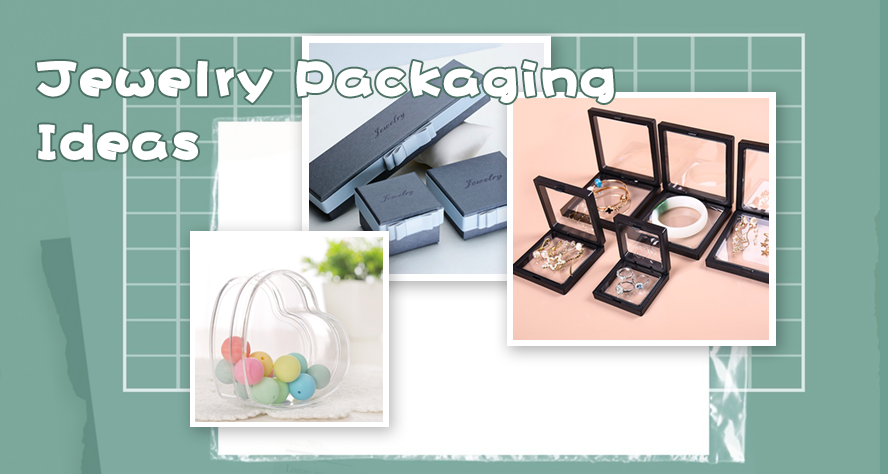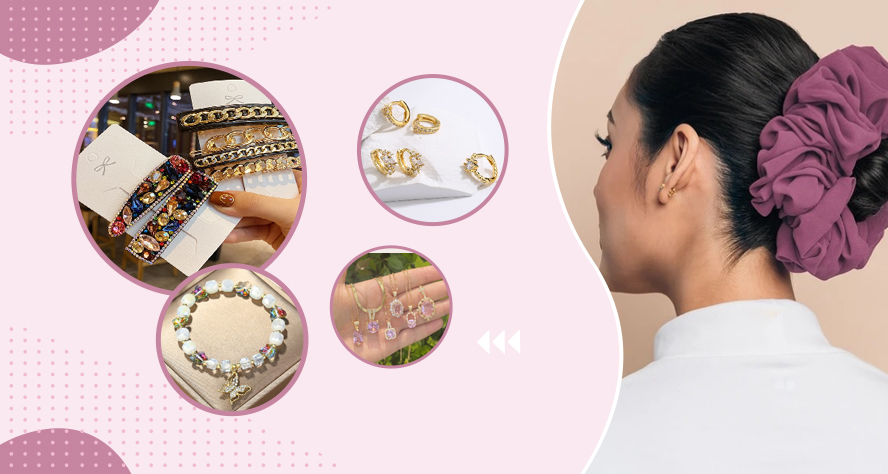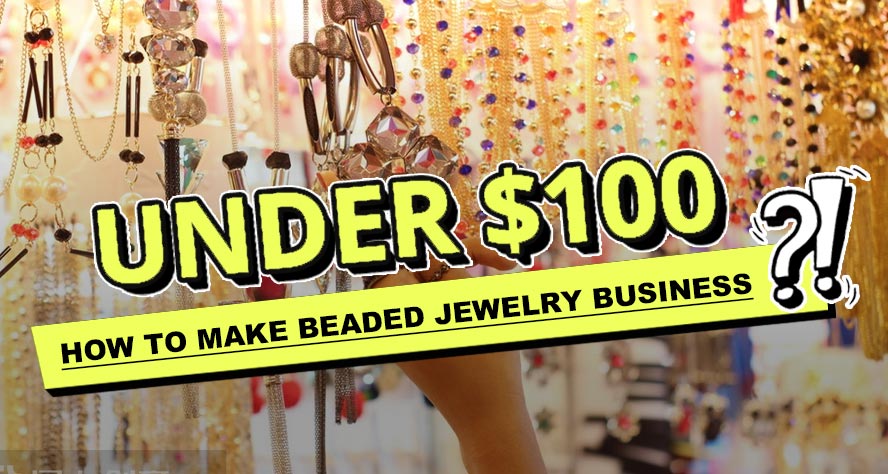If you are a first-time designer trying to navigate the jewelry industry, it is essential to know the manufacturing process.
Numerous companies can help put your thoughts into action by developing your sketch to your dream jewelry. There are lots of great jewelry manufacturers, and there are also various ways of forming precious gemstones and metals into jewelry.
Most jewelry crafted today is made of lost-waxing casting, an ancient method updated with modern materials so that it can be used to make one of the many copies of jewelry design. The following is a step by step approach on how to craft jewelry.

Design 3D Jewelry Model
Some jewelers begin by carving a design in existence, but most begin with sketching. After developing a sketch, you can work on the digital model. You can use Computer-Aided Design (CAD) to make a digital representation of your piece.
Depending on the complexity of the model, this may take from a day to a week. This 3D model not only helps you see a sample ahead of time, but also serves a basis for the next step.
Casting Jewelry
The next step is casting the wax model into a metal. With the advent of high-frequency meting and a host of other innovations, jewelry casting is more dynamic than ever.
At this step, the model starts to look like the jewelry you see in stores. The wax is melted and replaced with a metal of your choice in the molten form normally platinum, silver, or gold.
The metal then dries into shape on your jewelry. Platinum and gold casting processes differ greatly. For instance, platinum melts at such high temperatures, such that plaster, equipment, and specialized skills are required.
Jewelry Assembly
After design and casting, the main structure of the jewelry piece is refined. The jeweler files the casting skin to reveal the metal underneath.
Although casting transformed the jewelry into fine metal, the jeweler needs to make any aesthetic adjustments, as well as make sure the piece can functionally support gemstones.
After the mount is completed, the jewelry is ready for stone setting. If the piece requires enameling work or additional design, this will take place before setting.
The Stone Setting Process
After the jewelry is pre-finished, it’s time to add the sparkle. For this step, the diamond setter finally adds the diamonds or other gemstones onto your piece.
In doing this, they need to balance several concerns. The jeweler carefully sets the central stone into the mount. If side stones are involved, the setter needs to hand drill for these before setting.
Using a microscope, they then set each separate stone. When the setting is done, the work of the setter is invisible, and the gem is perfectly placed to shine.
Polishing, Finishing, and Quality Assurance
In this case, the jewelry is finished, and it only needs a final polish. The polisher works to make sure the metal is polished to bring out the luster and the shine.
Once the polish is achieved, various textures and finishes can be applied to specified surfaces of jewelry to add character or to enhance the design. Any final additions, such as engravings, are also applied.
Finally, jewelry is inspected, and each detail is analyzed to make sure production was successful. In short, it is the polishing team that brings out the lustrous and shine that can be seen on metals such as silver, gold or platinum.
Now that you have looked at the steps to crafting jewelry, you are in a better position to work with a specific production company. Nihaojewelry team of crafters have years and years of combined jewelry making experience. You should check them out!







